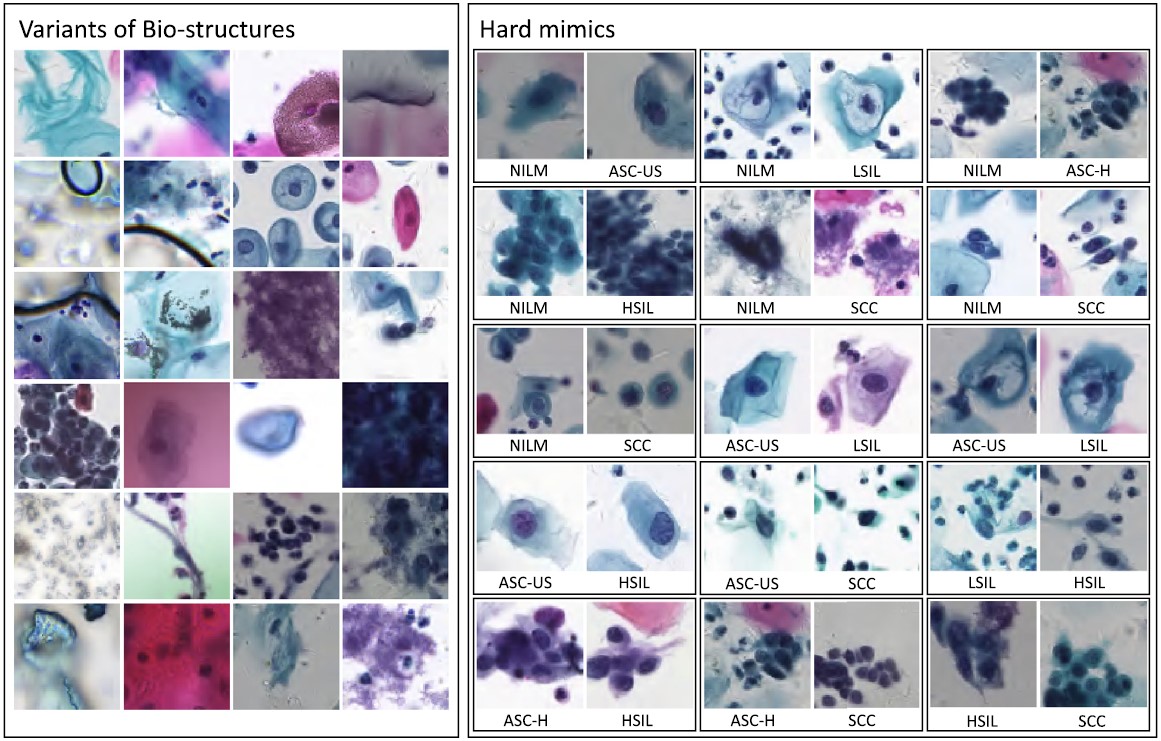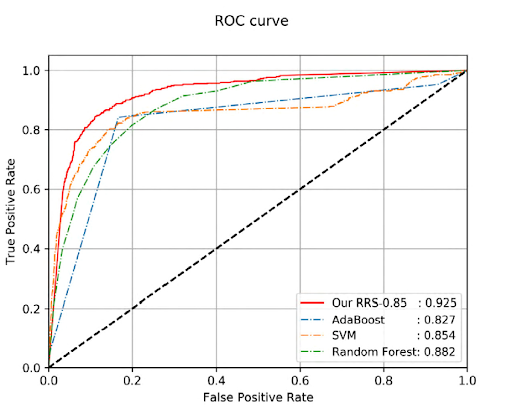2022-11-08
PAP smear screening plays a fundamental role in preventing women from cervical cancer. Nevertheless, this is a tedious, laborious and experience-dependent task for cytologists to find subtle morphologic changes of lesions up to 50,000 cells in a single slide. Computer-assisted diagnosis is considered to be the solution to this issue because it not only decreases cytologists' workload but also reduces the chance of misdiagnosis. Imsight released the studies recently in Feb 2021 to establish a novel and automated whole-slide analysis algorithm.

▲ Illustration of key challenges in cell classification.
The proposed DP-Net can process large-scale WSIs easily using a DP encoder with local and global scoping. The RRS method can provide reliable smear-level classification and probabilities of risk stratification. This method has the potential to reduce 80% workload for cytologists.

▲ ROC curves of the smear-level classification from different methods compared to the RRS approach.
Inspired by the clinical diagnostic criteria from the cytologists, a novel smear-level classifier, i.e., rule-based risk stratification (RRS), is proposed for an accurate smear-level classification and risk stratification, which aligns reasonably with an intricate cytological definition of the classes. Extensive experiments on the largest dataset including 19,303 WSIs from multiple medical centres validate the robustness of our method. With a high sensitivity of 0.907 and specificity of 0.80 being achieved, our method manifests the potential to reduce the workload for cytologists in routine practice.
Click Here to find out more.



